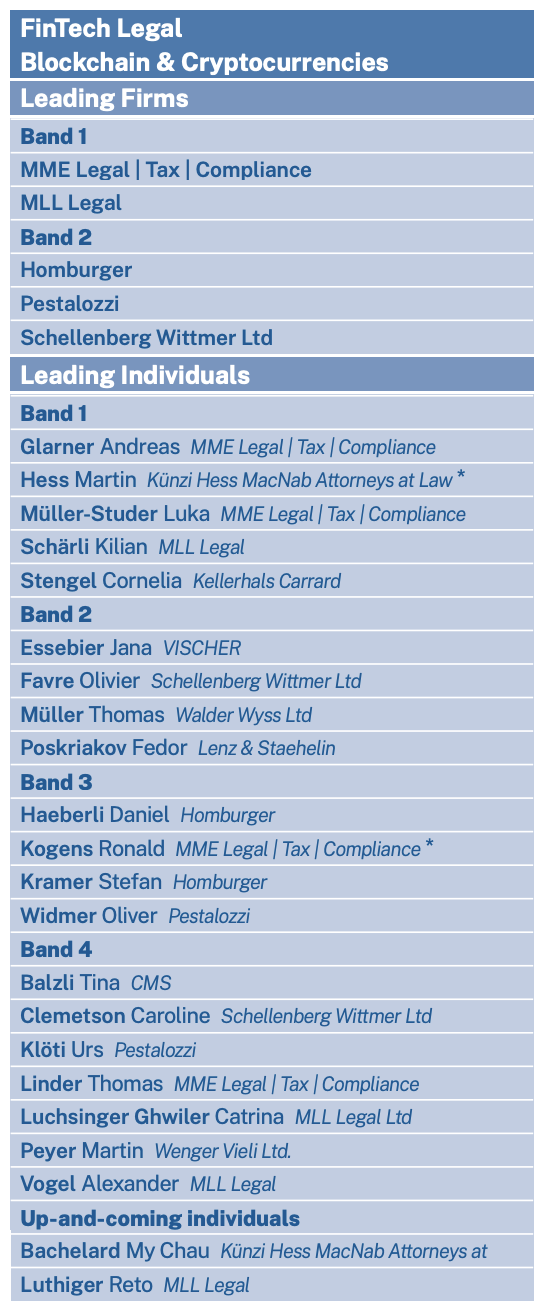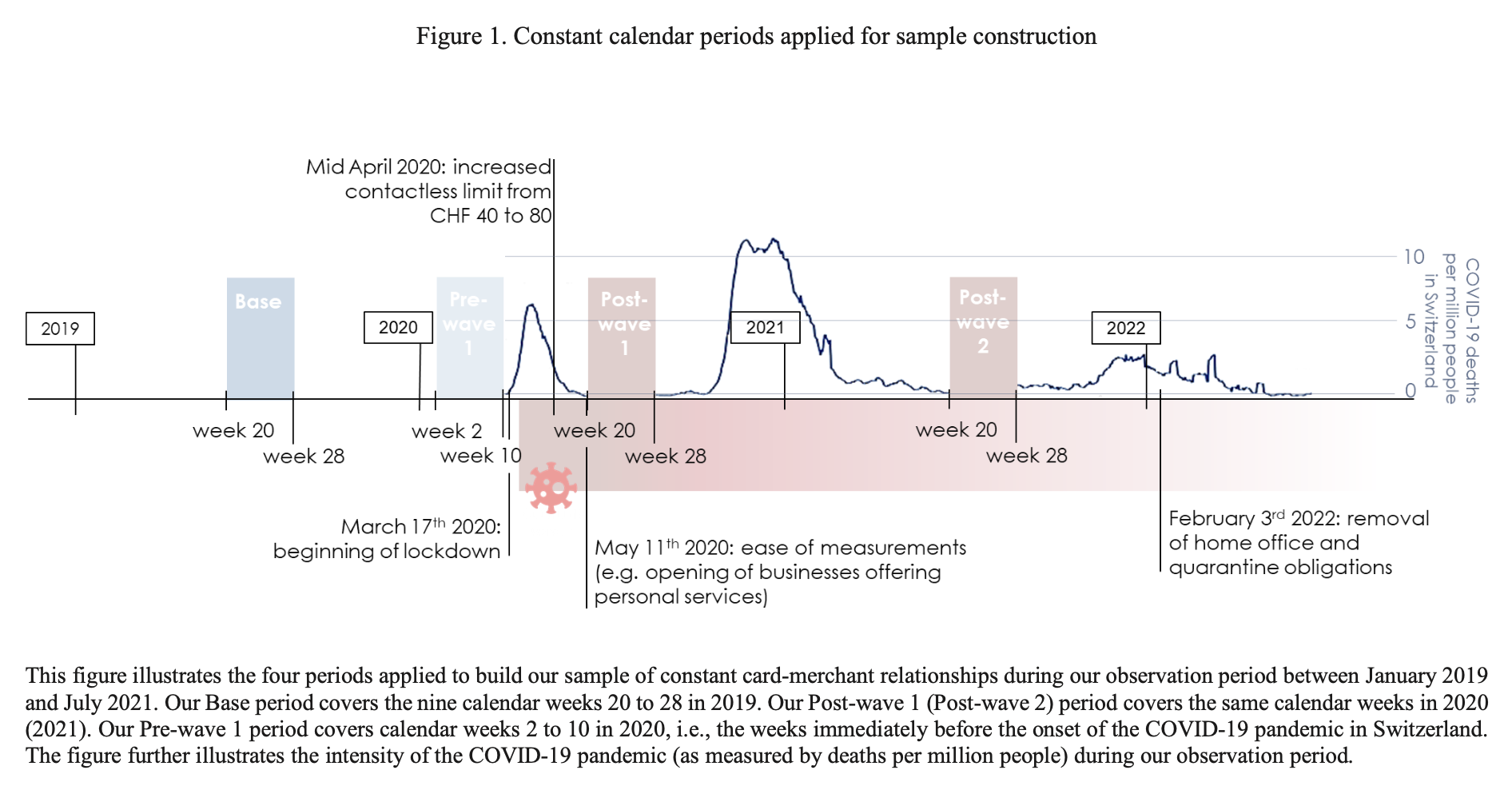One year ago, when it was still widely accepted conventional wisdom that NIRP would “work” to draw out money from savers who are loathe to collect nothing (or in some cases negative interest) from keeping their deposits at the bank, and would proceed to spend their savings, either boosting the stock market or the economy, we showed research from Bank of America demonstrating that far from promoting dis-saving, those European nations which had implemented NIRP were, “paradoxically”, also observing a jump in their rate of savings.
In what arguably was the first shot across the bow of conventional economic wisdom, BofA first admitted something which at least to its own conventional sensibilities, was quite amazing: NIRP is achieving the opposite of what it was meant to achieve.
The problem of low inflation remains evident. Swiss inflation has collapsed into very negative territory, albeit precipitated by the SNB abandoning their currency peg earlier in the year. While Danish inflation has moved away from zero post big rate cuts in 2015, it is still hovering at just 0.5%. And Swedish inflation has been stuck around zero since early 2013.
In other words, NIRP was pushing inflation lower, not higher, as the following stunner admitted:
Yet, household savings rates have also risen. For Switzerland and Sweden this appears to have happened at the tail end of 2013 (before the oil price decline). As the BIS have highlighted, ultra-low rates may perversely be driving a greater propensity for consumers to save as retirement income becomes more uncertain.
And the evidence as of October 2015:
| One year later, everything has changed: not only has NIRP become “non grata” even among the caste of perpetually wrong career economists, but as a result of a scarcity in monetizable assets, something we first warned about in 2012, QE is no longer the preferred mode of monetary policy intervention, instead as the BOJ revealed last month, the current central banker intervention mechanism of “choice” is yield and curve targeting, something which has never been tried before, and which many – including Goldman Sachs – believe will fail.
But until it does, we present the latest testament to Europe’s 2+ years of failed Negative Interest Rate Policy. This week Eurostat published the latest quarterly savings rate data for the Euro area. What it found is that not only has NIRP not pushed savings lower, but at 12.8%, the gross household savings rate in Q2 2016 had risen to the highest level observed since the 13% in Q3 2011. |
|
| The good news: Europe’s savings rate still has a ways to go before it hits the crisis high 14.7% during the final quarter of 2008. But give it time, thought: with central bankers now openly improvising and in the process making the economic situation worse day by day, it is only a matter of time before savings not only hit new all time highs, but what until recently has been a trickle of disgruntled depositors pulling their cash from the bank and putting it in gold, as observed recently in both Switzerland and Germany, becomes a flood, presaging the end of the fractional-reserve banking model. |
Until then, we can at least conclude that NIRP, yet another contraption created by economists to part savers with their money, has failed.
Full story here Are you the author? Previous post See more for Next postTags: Bank of America,Bank of international Settlements,Fail,Germany,Goldman Sachs,Monetary Policy,negative interest rates,newslettersent,Savings Rate,Switzerland






































1 comment
Stefan Wiesendanger
2016-10-17 at 15:37 (UTC 2) Link to this comment
I don’t understand this single-minded focus on the savings rate. And I don’t understand how high or growing savings would be bad for growth. Growing savings have a first-order negative impact on consumption in a stagnant economy – but since we are looking for growth, a stagnant economy is hardly the scenario that we should base our policies on.
China had world-record savings and grew at a breakneck pace. Why shouldn’t we? So savings are not necessarily bad for growth. According to all I know about the economy, sufficient savings are even vital for sustained growth since it is through savings that a country grows its capital stock of material and immaterial goods. Of course, growth is also possible if foreigners finance the capital stock, or if growth is only superficial, i.e. without building a capital base to actually produce the output that shows up in the GDP figure. In summary, shouldn’t the investment rate be a more important variable to watch in order to know if a country is doing the right things for growth? Of course, the investment rate also suffers from a number of caveats; bridges to nowhere are contained in it while investment in immaterial goods are only rudimentarily captured. But the shortcomings of the actual variable should not cloud one’s appreciation of its fundamental importance.